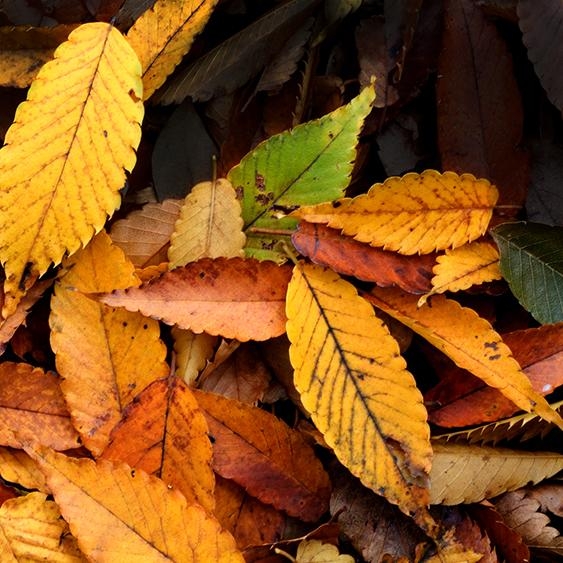Plasmids

A plasmid is an independent, circular, self-replicating DNA molecule that carries only a few genes. The number of plasmids in a cell generally remains constant from generation to generation. Plasmids are autonomous molecules and exist in cells as extrachromosomal genomes, although some plasmids can be inserted into a bacterial chromosome, where they become a permanent part of the bacterial genome. It is here that they provide great functionality in molecular science.
Plasmids are easy to manipulate and isolate using bacteria (see also alkaline lysis) They can be integrated into mammalian genomes, thereby conferring to mammalian cells whatever genetic functionality they carry. Thus, this gives you the ability to introduce genes into a given organism by using bacteria to amplify the hybrid genes that are created in vitro. This tiny but mighty plasmid molecule is the basis of recombinant DNA technology.
There are two categories of plasmids. Stringent plasmids replicate only when the chromosome replicates. This is good if you are working with a protein that is lethal to the cell. Relaxed plasmids replicate on their own. This gives you a higher ratio of plasmids to chromosome.
So how do we manipulate these plasmids?
1. Mutate them using restriction enzymes, ligation enzymes, and PCR. Mutagenesis is easily accomplished by using restriction enzymes to cut out portions of one genome and insert them into a plasmid. PCR can also be used to facilitate mutagenesis. Plasmids are mapped out indicating the locations of their origins of replication and restriction enzyme sites.
2. Select them using genetic markers. Some bacteria are antibiotic resistant. While this is a serious health problem, it is a godsend to molecular scientists. The gene that confers antibiotic resistance can be added (ligated) to the gene you are inserting into the plasmid. So every plasmid that contains your target gene will not be killed by antibiotics. After you transfect your bacterial cells with your engineered plasmid (the one with the target gene and the antibiotic resistant marker), you incubate them in a nutrient broth that also contains antibiotic (usually ampicillin). Any cells that were not transfected (this means they do not have your target gene in them) are killed by the antibiotic. The ones that do have the gene also have the antibiotic resistant gene, and therefore survive the selection process.
3. Isolate them (such as with alkaline lysis).
4. Transform them into cells where they become vectors to transport foreign genes into a recipient organism.
There are some minimum requirements for plasmids that are useful for recombination techniques:
1. Origin of replication (ORI). They must be able to replicate themselves or they are of no practical use as a vector.
2. Selectable marker. They must have a marker so you can select for cells that have your plasmids.
3. Restriction enzyme sites in non-essential regions. You don't want to be cutting your plasmid in necessary regions such as the ORI.
In addition to these necessary requirements, there are some factors that make plasmids either more useful or easier to work with.
1. Small. If they are small, they are easier to isolate (you get more), handle (less shearing), and transform.
2. Multiple restriction enzyme sites. More sites give you greater flexibility in cloning, perhaps even allowing for directional cloning.
3. Multiple ORIs. It is important to note that two genes must have different ORIs if they are going to be inserted in the same plasmid.
View Citation
Bibliographic details:
- Article: Plasmids
- Author(s): Guruatma "Ji" Khalsa
- Publisher: Arizona State University School of Life Sciences Ask A Biologist
- Site name: ASU - Ask A Biologist
- Date published: April 12, 2010
- Date accessed: December 1, 2024
- Link: https://askabiologist.asu.edu/plasmids
APA Style
Guruatma "Ji" Khalsa. (2010, April 12). Plasmids. ASU - Ask A Biologist. Retrieved December 1, 2024 from https://askabiologist.asu.edu/plasmids
Chicago Manual of Style
Guruatma "Ji" Khalsa. "Plasmids". ASU - Ask A Biologist. 12 April, 2010. https://askabiologist.asu.edu/plasmids
Guruatma "Ji" Khalsa. "Plasmids". ASU - Ask A Biologist. 12 Apr 2010. ASU - Ask A Biologist, Web. 1 Dec 2024. https://askabiologist.asu.edu/plasmids
MLA 2017 Style
Be Part of
Ask A Biologist
By volunteering, or simply sending us feedback on the site. Scientists, teachers, writers, illustrators, and translators are all important to the program. If you are interested in helping with the website we have a Volunteers page to get the process started.








